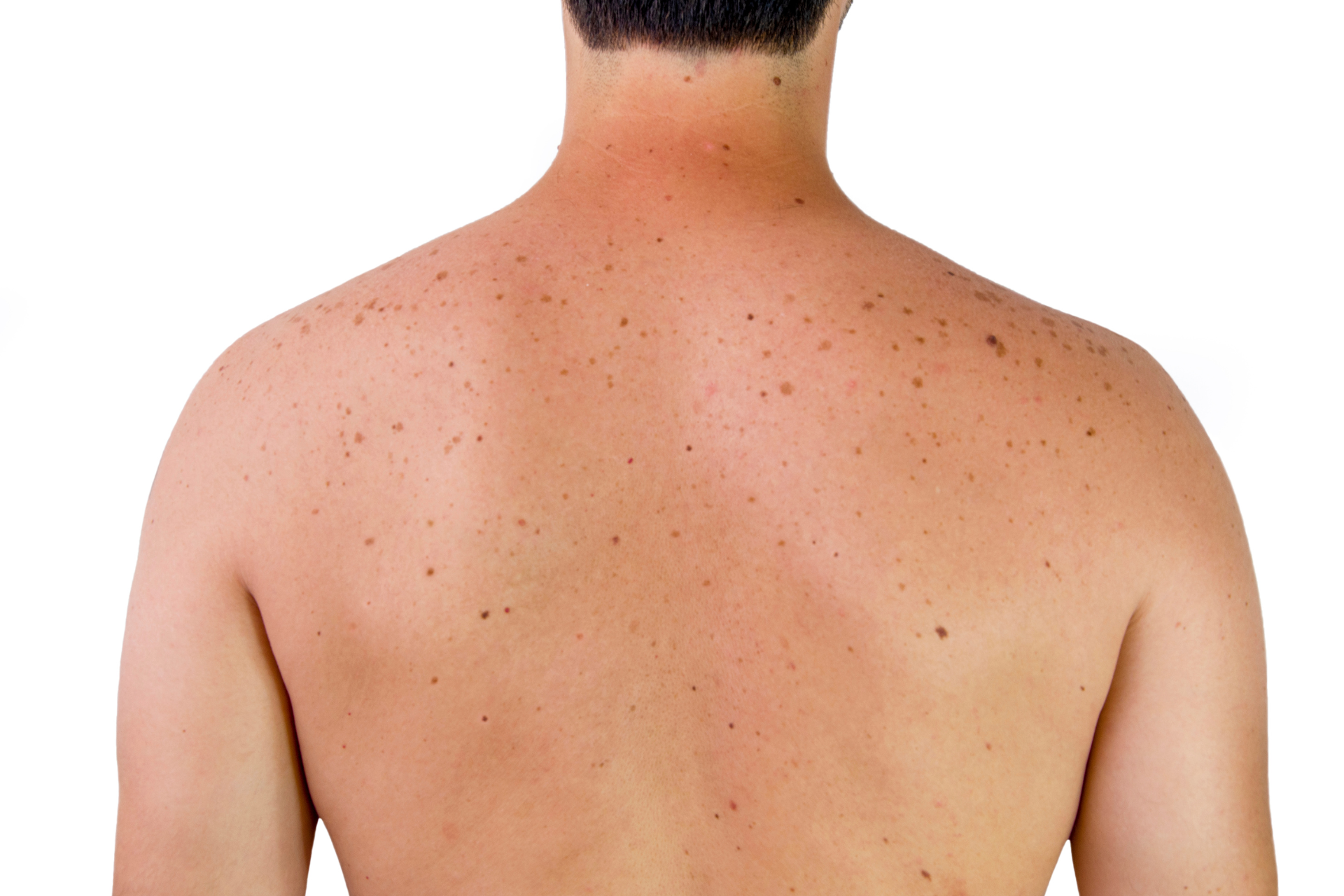Age Spots vs. Sunspots: Identifying and Treating Skin Discoloration

When it comes to skin discoloration, it's essential to differentiate between age spots and sunspots. Although they may appear similar, the causes and treatments for these two types of skin imperfections vary. Fall Creek Skin and Health Clinic is here to provide you with the information you need to understand and address age spots and sunspots effectively.
Age Spots: What Are They?
Age spots, also known as liver spots or solar lentigines, are small, flat dark spots that typically develop on sun-exposed areas of the skin, such as the face, hands, arms, and shoulders. These spots are more common in adults over the age of 50 but can also occur in younger individuals who have had significant sun exposure.
The primary cause of age spots is cumulative sun exposure over time. UV rays from the sun can accelerate the production of melanin, the pigment responsible for skin color. As a result, excess melanin can clump together, leading to the formation of age spots. Genetics, hormonal changes, and certain medications can also contribute to the development of age spots.
Identifying Age Spots
Age spots are typically flat, oval-shaped, and vary in color from light brown to dark brown. They are usually painless and do not itch or bleed. These spots can range in size from a few millimeters to several centimeters and often appear on areas of the skin that receive the most sun exposure.
Treating Age Spots
Several treatment options are available for age spots, including:
- Topical treatments
Prescription-strength creams containing ingredients like hydroquinone, retinoids, or vitamin C can help lighten age spots over time.
- Chemical peels
A chemical solution is applied to the skin to exfoliate the outer layers, reducing the appearance of age spots.
- Laser therapy
Lasers can target and break down melanin clusters in the skin, leading to a more even skin tone.
- Cryotherapy
This treatment involves freezing the age spots with liquid nitrogen, causing them to peel off gradually.
It's essential to consult with a dermatologist at Fall Creek Skin and Health Clinic to determine the most suitable treatment option based on your skin type, the severity of your age spots, and your overall health.
Sunspots: What Are They?
Sunspots, also known as solar lentigines or freckles, are dark spots that develop on sun-exposed areas of the skin due to prolonged UV exposure. Unlike age spots, which tend to be more evenly distributed, sunspots can appear in clusters and vary in size and shape. They are more common in individuals with fair skin and tend to darken and increase in number with continued sun exposure.
Identifying Sunspots
Sunspots are typically smaller and darker than age spots, with a more speckled or freckled appearance. They may become more noticeable or darken following sun exposure and fade during the winter months. Sunspots are usually harmless but can be cosmetically bothersome for some individuals.
Treating Sunspots
The treatment options for sunspots are similar to those for age spots and may include topical creams, chemical peels, laser therapy, or cryotherapy. In addition to these treatments, sunspot prevention is crucial to minimize their appearance and prevent further skin damage.
Preventing Skin Discoloration
To reduce the risk of developing age spots and sunspots, it's essential to protect your skin from sun exposure by:
- Wearing sunscreen with a high SPF daily, even on cloudy days.
- Seeking shade during peak sun hours.
- Wearing protective clothing, such as hats and sunglasses.
- Avoiding tanning beds and sunbathing.
By incorporating these sun protection measures into your daily routine and seeking regular skin checks at Fall Creek Skin and Health Clinic, you can maintain healthy, radiant skin and minimize the risk of skin discoloration.
In conclusion, understanding the differences between age spots and sunspots is key to effectively managing and treating skin discoloration. Whether you're dealing with age-related hyperpigmentation or sun-induced spots, the experts at Fall Creek Skin and Health Clinic are here to provide personalized care and treatment options tailored to your needs. Remember, early detection and intervention are essential for maintaining healthy, radiant skin for years to come.



Need Our Services?
Book a free consultation

Our promise is to offer high-quality medical attention at a fair price in a clean, friendly, and professional environment.
QUICK LINKS
BUSINESS HOURS
- Mon - Thu
- -
- Friday
- -
- Saturday
- Appointment Only
- Sunday
- Closed
All Rights Reserved | Fall Creek Skin and Health Clinic |
